Akemashite Omedetou! (あけましておめでとう!)
If you come to Japan in time to celebrate New Year’s, you’ll be likely to hear either this greeting or its shorter variant, Ake-Ome! Both are phrases used to welcome in the New Year. Aside from just exchanging words, there’s another widely practiced tradition in Japan during this time: Hatsumoude (初詣).
Hatsumoude refers to the first visit to a shrine or temple in the New Year. Most often, this occurs within the first few days of January. Many Japanese people take this opportunity to replace old charms (called O-mamori in Japanese) with new ones, have their fortunes told through slips of paper called O-mikuji, and make wishes for the New Year.
During these first three or four days, massive amounts of people embark on a visit to a shrine or temple. For example, the most popular ones in Tokyo - the two we will explore in this article - receive over a million pilgrims during this time. Accordingly, visitors can expect to wait up to an hour in line in order to say their prayers.
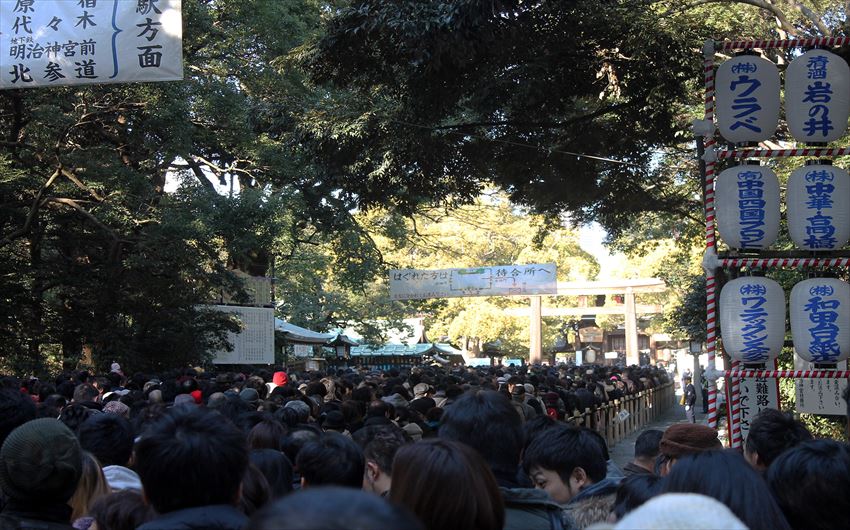
(Photo: Sebastian Wojnar -
http://worldwidewojnar.wordpress.com)
For all visitors to Tokyo, Meiji Shrine is a highly recommended stop any time of year. Originally built in 1921 for Emperor Meiji and his wife, Shouken, due to damage in WWII the current shrine was rebuilt in 1958.
During the evening of New Year’s, as well as the week right after, the peaceful parks and wide open spaces fill up with gigantic crowds all waiting their turn to pay respects to the shrine.
The easiest way to reach the shrine is by taking the JR Yamanote Line to Harajuku Station. From there, exit the station and turn right, continuing about one minute until the large intersection. From there, the entrance gate to the shrine is visible on the right side.

(Photo: Sebastian Wojnar -
http://worldwidewojnar.wordpress.com)
On New Years, the path leading from the gate to the shrine becomes overwhelmingly crowded, so be prepared to wait.
Meiji Shrine operates the following hours during the New Year season:
• December 31st: 6:40am to midnight
• January 1st: midnight to 7:00pm
• January 2nd: 6:40am to 6:30pm
• January 3rd: 6:40am to 6:30pm
• January 4th: 6:40a to 6:00pm

(Photo: Sebastian Wojnar -
http://worldwidewojnar.wordpress.com)
Home of the famous Kaminari-mon, or Thunder Gate, Sensoji Temple is located in the heart of Asakusa, a historical district. Sensoji is Tokyo’s oldest temple, constructed in the year 645 for the goddess of mercy, Kannon.
Visitors can get to the Temple by taking either the JR Chuo Line or JR Yamanote Line to Kanda Station, then transfer to the Ginza Subway Line, getting off at Asakusa Station.
From there, visitors will see the iconic Kaminarimon. Passing through leads to a large, centuries-old outdoor market called Nakamise. Stalls here sell all sorts of vintage Japanese goods such as yukata, paper and silk fans, snacks, and prints of famous artwork.
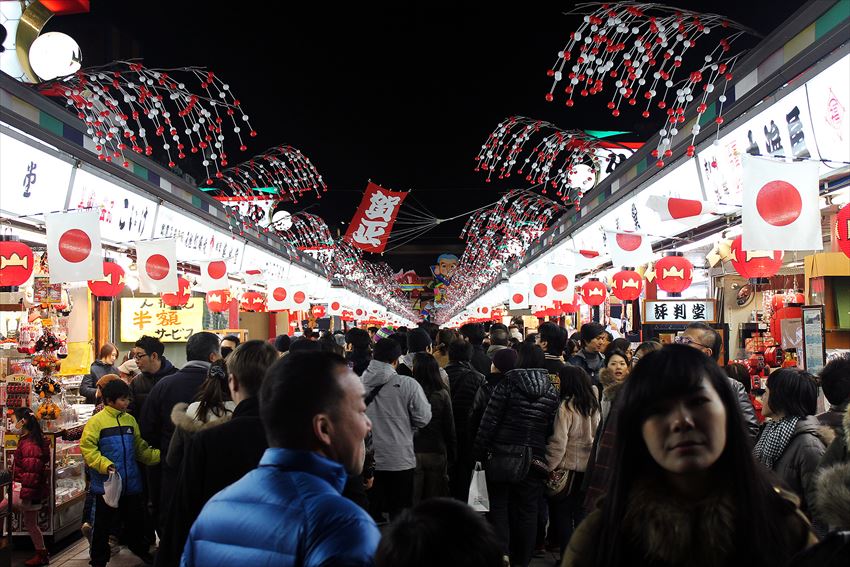
(Photo: Sebastian Wojnar -
http://worldwidewojnar.wordpress.com)
On New Years, the entire market, especially as it nears the Temple on the far side, can be very crowded.
At this point, it is necessary to note that the words shrine and temple are not completely interchangeable. The first location we discussed, Meiji Shrine, belongs to Shintoism. The iconically-shaped entrance gate, called a toori, is a clear symbol of Shinto shrines. The second location, Sensoji, is a Buddhist temple.
Both locations have in common the following: washing one’s hands at a waterbasin nearby the main shrine or temple, donating money, and buying a charm or a fortune paper. At a Shinto shrine however, the worshipping ritual is more complicated.
Upon approaching the large wooden offering box at the top of the stairs of the shrine, throw a coin inside it. Then ring the bell which hangs from the ceiling by a thick rope. Bow and clap two times each before proceeding with a prayer. Bow once more when finished.
Though this article mentioned only the two most famous locations for Hatsumoude, in practice people can and do pay their respects at any location which they find special or convenient. For those who wish to avoid the lines at either Meiji or Sensoji, there are hundreds more beautiful shrines and temples within close reach.
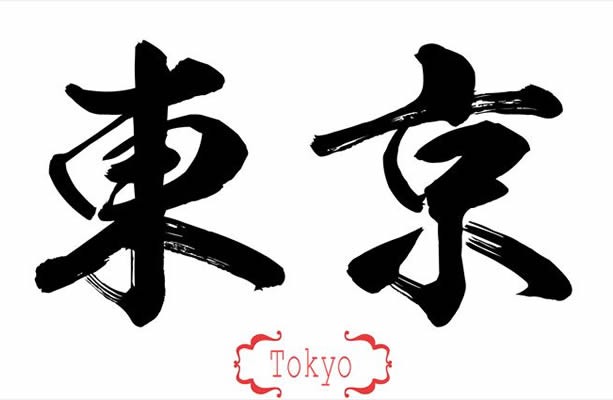
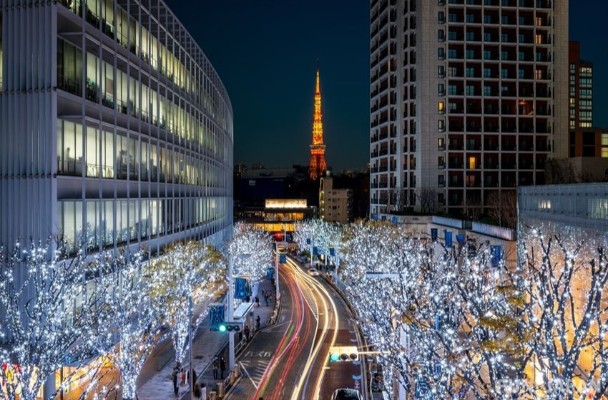
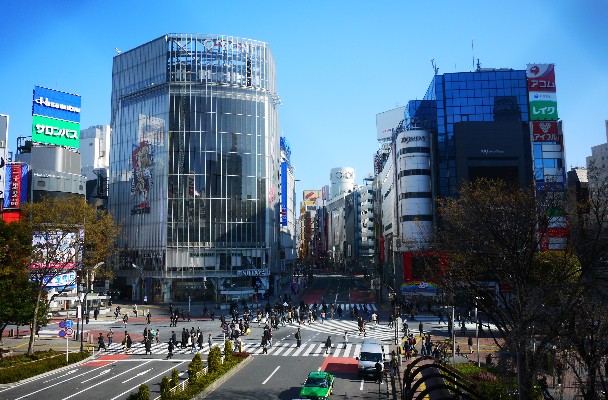
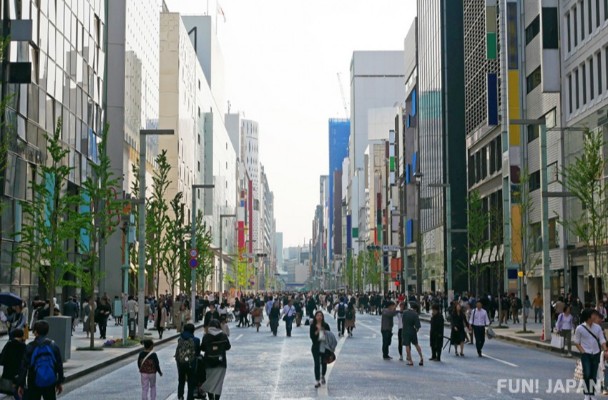


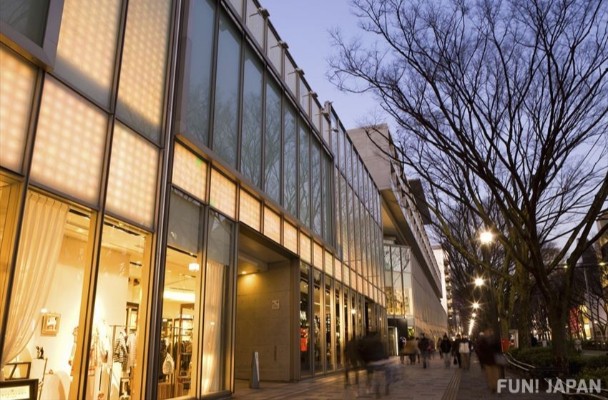
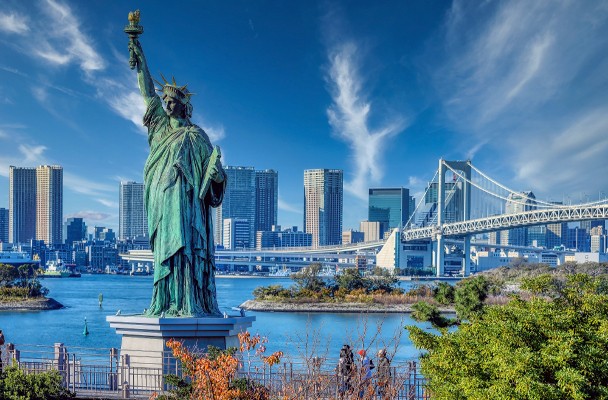
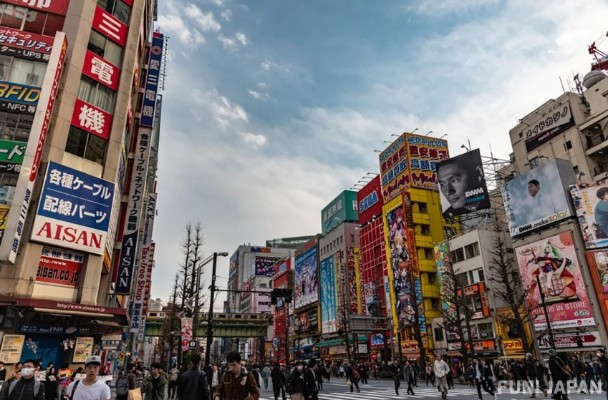

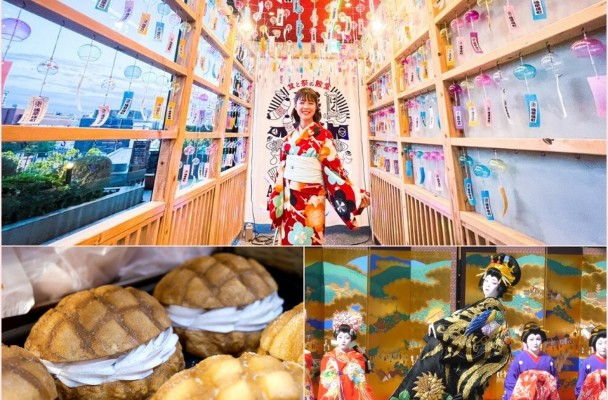
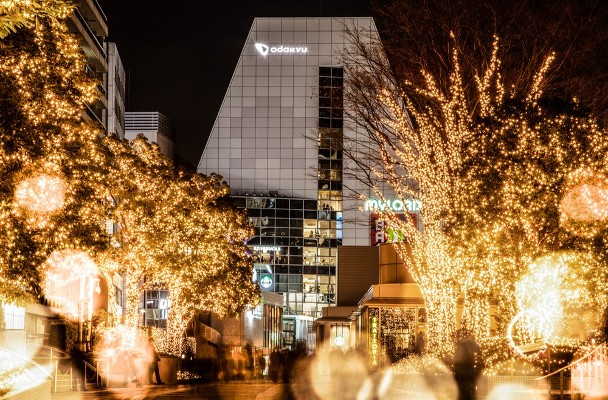
Comments